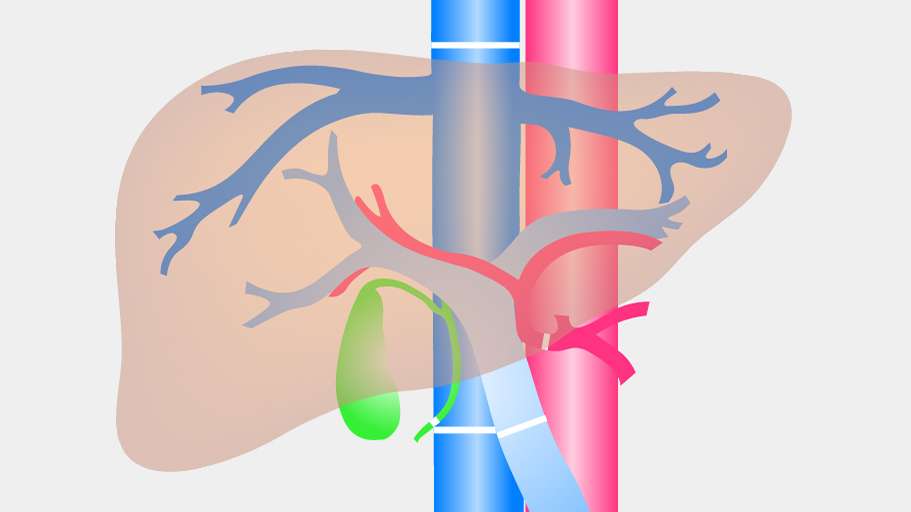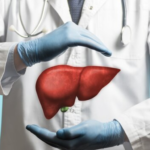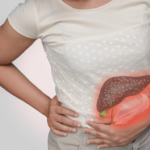
Liver transplantation is the only life-saving procedure available for patients with chronic end-stage liver diseases and selected patients with acute liver failure. The survival following a liver transplant for an otherwise fatal condition is about to 86% at 1 year, 72% at 5 years, and 50% at 20 years. Liver donation for transplantation can be obtained either from deceased donors or living donors. Deceased donors are individuals who suffer Brain Stem Death following a severe head injury or brain stroke. Organs are retrieved once consent is given by the next of kin. Living donor liver transplantation (LDLT) was introduced because of the increasing demand for donor organs and the widening gap between the resource (deceased donor) and the demand (recipient).
THE PROCEDURE Selection of liver donors
■ Only blood group matching requires to be done to select the recipient.
■ Donors with blood type A can donate to recipients with blood types A and AB
■ Donors with blood type B can donate to recipients with blood types B and AB
■ Donors with blood type AB can donate to recipients with blood type AB only
■ Donors with blood type O can donate to recipients with blood type A, B, AB, and O (O is the universal donor and are compatible with any other blood type)
■ There is no age limit for organ donation. Usually, the whole deceased donor liver is transplanted. However, the whole liver can be split into two to transplant an adult as well as a child.
■ In most transplant centers, the age limit for liver donation is 18-55 years.
■ The volume of liver required — A liver recipient requires the donor liver to be at least 0.8% of the body weight.
Organ Retrieval
■ Deceased donor — The liver is usually retrieved as part of a multi-organ donor retrieval and is a surgical procedure.
■ Living donor — The surgical procedure involves the removal of either the right side of the liver for transplanting into an adult or a small portion of the left side for a child. A liver donor can donate up to 65% of the whole liver.
Organ Preservation
This involves preserving the liver for a short time in a cold preservative solution. It can be preserved for not more than 12-14 hours.
Transplantation Recipient Hepatectomy
The diseased liver is removed from the recipient. This is often a difficult part of the transplant process.
Liver graft implantation
The donor’s liver is implanted by joining the multiple blood vessels of the donor liver with those in the recipient followed by the joining of bile ducts.
Post Transplant Care Immunosuppression
Immunosuppression is of paramount importance to prevent rejection of the transplanted liver and is to be continued lifelong. It needs to be monitored and a fine balance needs to be maintained to reduce the risks of infection and side effects.
Dr. Prasad Bhate is one of the best liver specialist and consultant liver transplant surgeon in Pune to carry out successful Liver transplants in Pune.
Dr. Prasad Bhate – Liver Specialist in Pune
Dr. Prasad Bhate is a liver specialist in Pune and has experience of 10 years in this area. He’s an advisor at Aditya Birla Memorial Hospital in Pimpri-Chinchwad, Pune. Additionally, He’s experienced in Liver transplant Surgical procedures and Hepatology treatment. He accomplished DM – Gastroenterology from Lokmanya Tilak Municipal Medical Faculty, Sion, Mumbai in 2015 and MBBS from Maharashtra College of Wellbeing Sciences, Nashik in 2005. He’s a Liver specialist at main company hospitals in Pune. He’s labored for superior therapeutic endoscopic interventions like ERCP, CBD-stenting, esophageal stenting, pancreatic stenting, and so on. Dr. Bhate successfully removed the Doc Extract Battery from a 9-month-old baby at Pune.




